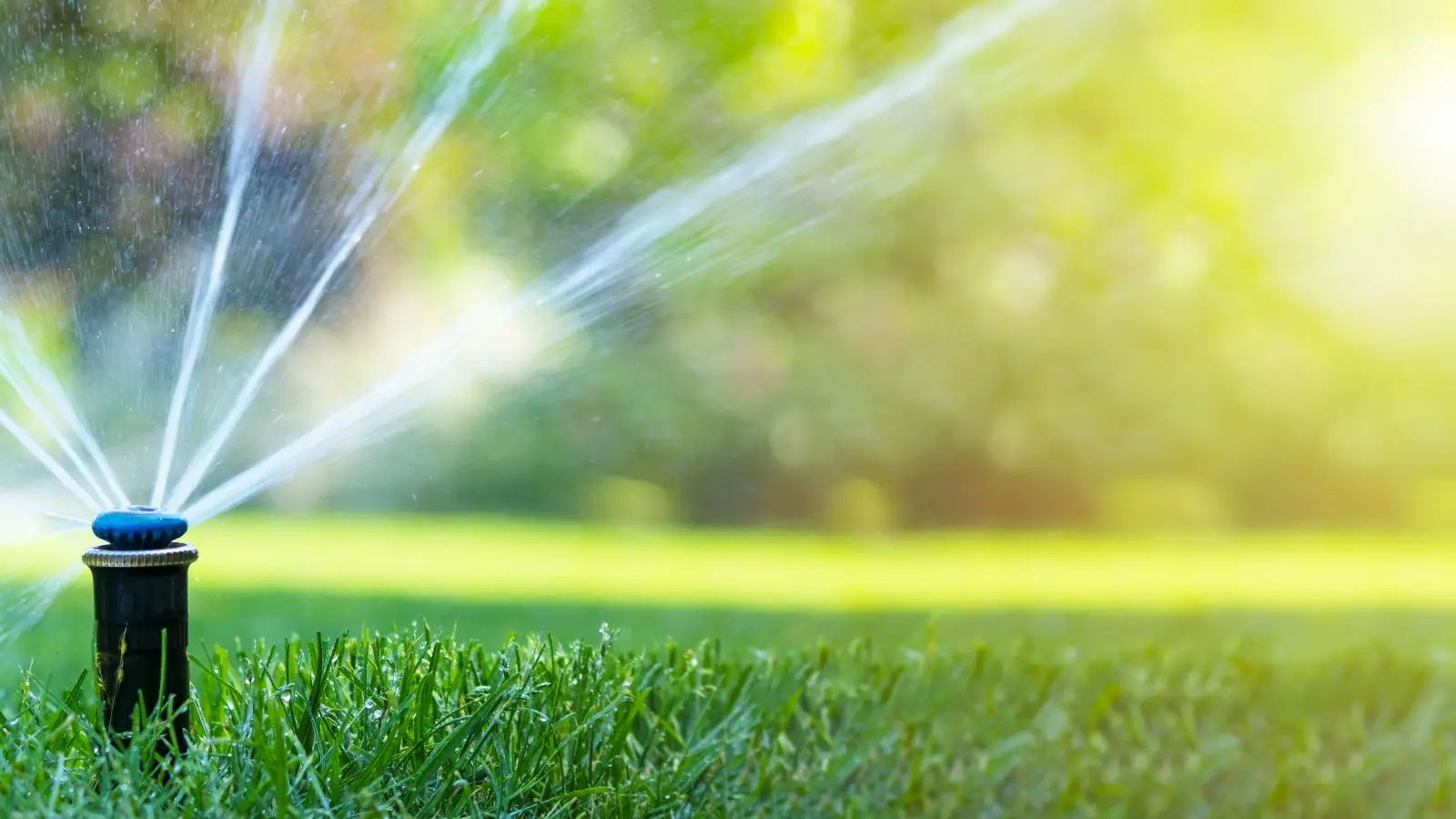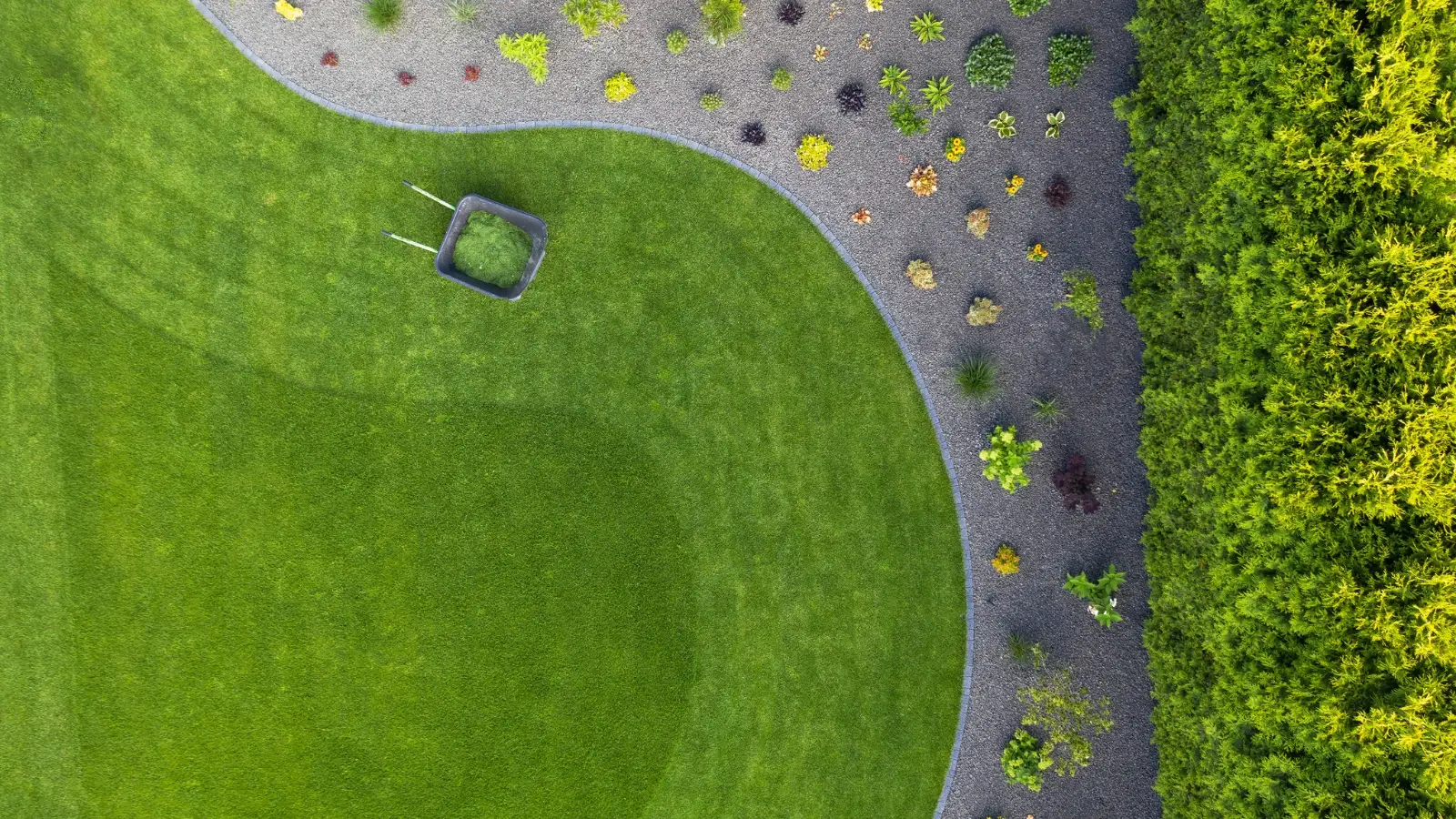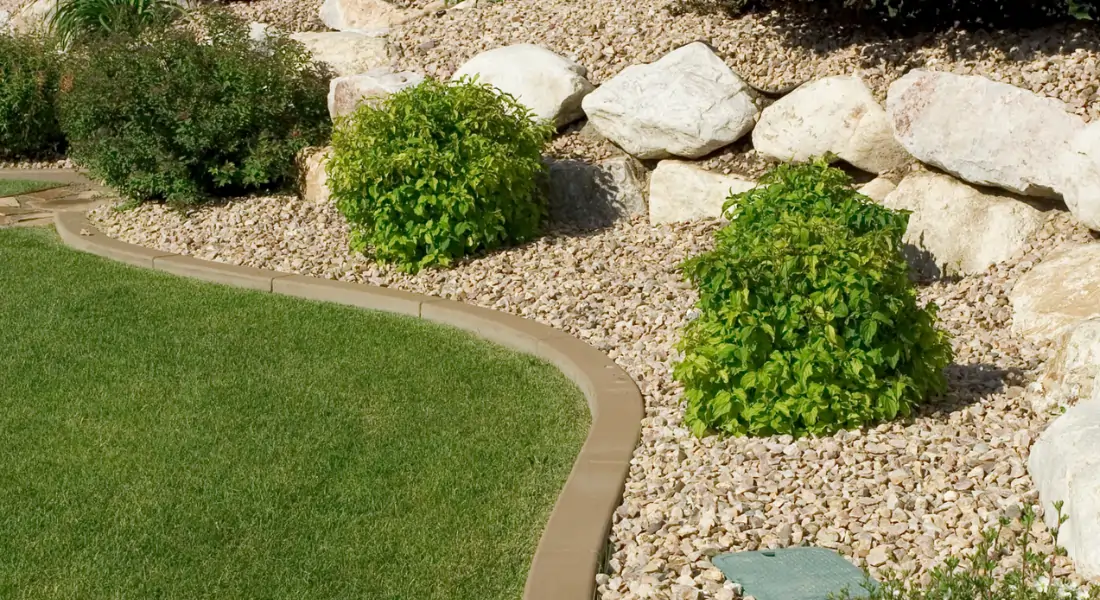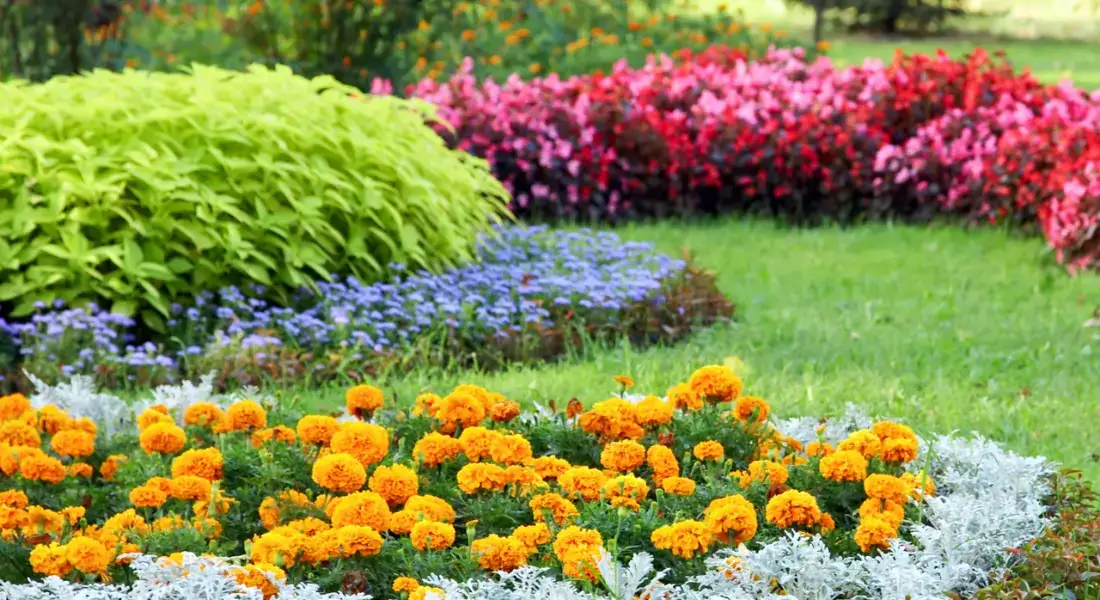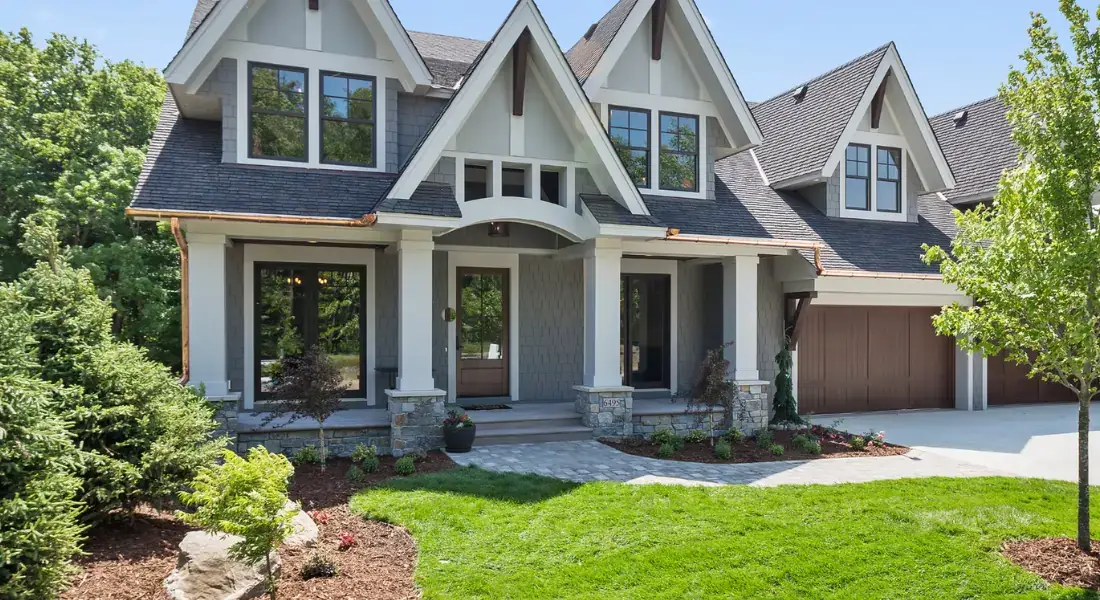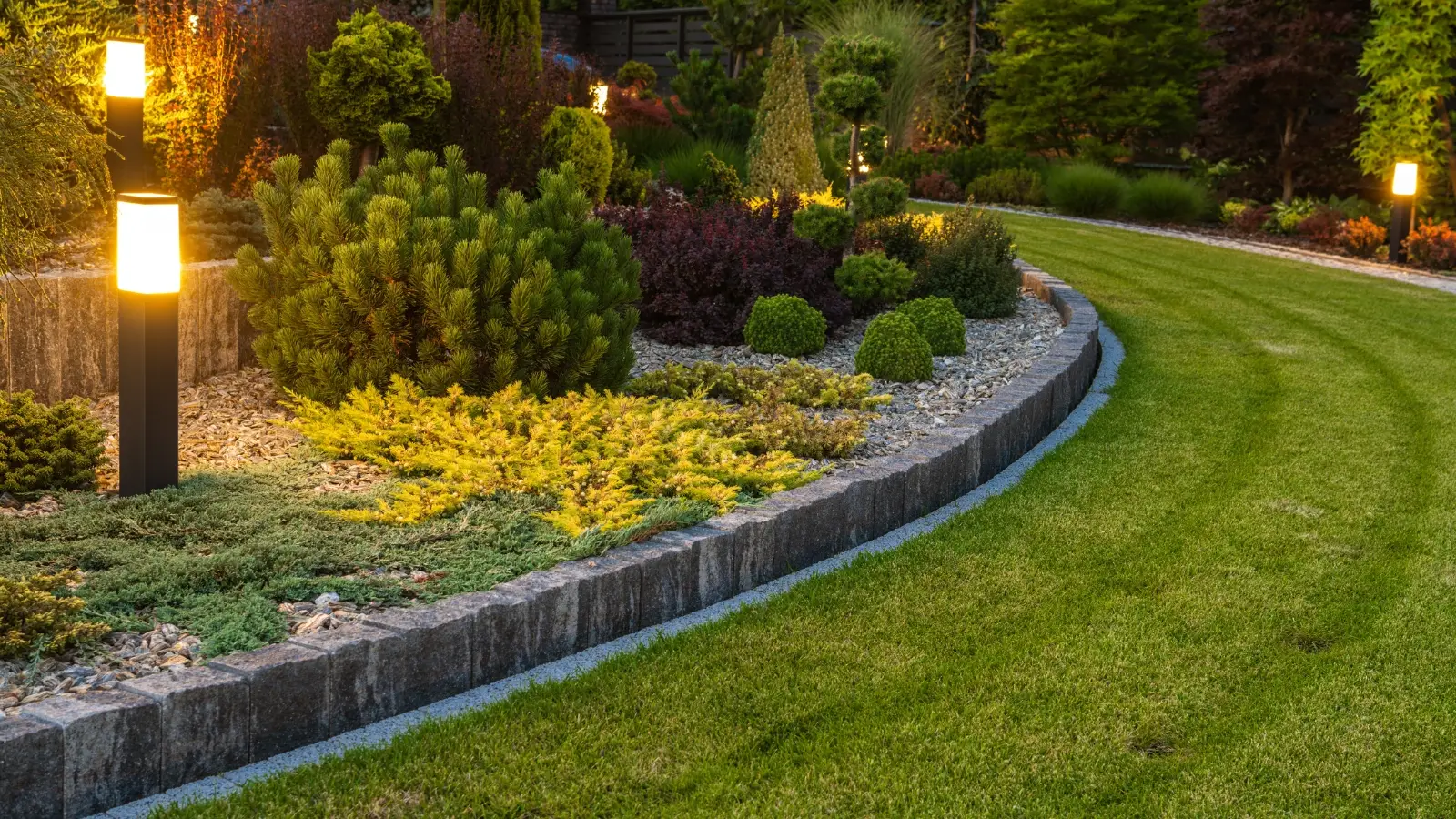A lush, healthy landscape doesn’t happen by accident, it requires thoughtful watering. But how do you ensure your lawn, garden, and trees get the hydration they need without wasting time, water, or money? The answer lies in choosing the right irrigation system.
With several types available from sprinklers to drip systems it’s important to match your irrigation solution to your yard’s unique needs. In this article, we’ll break down the most common irrigation systems, their benefits, and how to choose the best option for your landscape.
Why Irrigation Matters
Irrigation does more than just keep your lawn green. A well-designed irrigation system ensures:
- Consistent watering for all plant types
- Water conservation through smart scheduling and delivery
- Healthy root development
- Time savings for property owners
- Improved curb appeal and plant longevity
Instead of dragging a hose around or guessing when to water, a modern irrigation system delivers precision, automation, and peace of mind.
1. Sprinkler Systems: Best for Lawns
Sprinkler systems are the most popular irrigation solution for large turf areas. These systems spray water into the air and distribute it over a wide area, mimicking rainfall.
Types of Sprinkler Systems:
- Pop-up sprinklers: Installed below ground and rise during operation. Ideal for residential lawns.
- Stationary or oscillating sprinklers: Portable and attach to a garden hose. Better for small, flat areas.
- Rotary sprinklers: Cover large circular areas with rotating heads. Best for wide lawns or athletic fields.
Pros:
- Efficient for large, grassy areas
- Can be automated with timers and sensors
- Easy to expand as your landscape grows
Cons:
- Water can be lost to evaporation or wind
- Not ideal for shrubs, flower beds, or slopes
- Requires seasonal maintenance (e.g., winterization in colder climates)
Best for: Lawns and open areas that require even surface watering.
2. Drip Irrigation: Targeted and Efficient
Drip irrigation delivers water directly to the base of plants through tubes or emitters — minimizing waste and encouraging deep root growth.
Key Features:
- Uses a network of hoses with emitters
- Water drips slowly into soil over time
- Can be customized for individual plant needs
Pros:
- Extremely water-efficient
- Ideal for flower beds, vegetable gardens, shrubs, and containers
- Reduces weeds and fungal diseases by keeping foliage dry
Cons:
- Installation can be time-consuming
- May clog if not filtered properly
- Not ideal for turf or large lawns
Best for: Garden beds, trees, shrubs, and precision watering.
3. Soaker Hoses: A Simpler Drip Option
Soaker hoses are porous hoses that slowly release water along their length. They’re affordable and easy to install perfect for DIY watering of garden beds and borders.
Pros:
- Inexpensive and low-tech
- Good for straight or gently curved garden rows
- Easy to relocate or adjust
Cons:
- Less control over water output than drip systems
- Can wear out faster under sun exposure
- Not suited for complex landscapes
Best for: Small to medium-sized garden beds or raised planters.
4. Smart Irrigation Systems: Automated & Eco-Friendl
Smart irrigation systems combine traditional sprinklers or drip systems with sensors and Wi-Fi controllers. These systems adjust watering based on weather conditions, soil moisture, and plant needs.
Benefits:
- Automatically adapts to temperature and rainfall
- Saves water and reduces utility bills
- Can be controlled remotely via smartphone apps
Drawbacks:
- Higher upfront cost
- Requires WiFi access and app setup
- Best installed by professionals
Best for: Tech-savvy homeowners who want ultimate efficiency and control.
Factors to Consider When Choosing an Irrigation System
Every landscape is different and the right system depends on more than just lawn size. Here are some key factors to help guide your decision:
1. Plant Types
- Lawns need overhead watering → Sprinklers
- Trees and shrubs prefer deep root watering → Drip or soaker
- Vegetable gardens thrive with targeted, consistent moisture → Drip
2. Soil Type
- Sandy soils absorb water quickly → Frequent, shorter sessions
- Clay soils retain water longer → Slower, less frequent watering
3. Slope and Elevation
- Avoid runoff on slopes with drip or terraced systems
- Use zoning to manage water pressure on different levels
4. Sunlight and Shade
- Shaded areas need less water
- Sunny spots dry out faster and may need more frequent watering
5. Budget and Maintenance
- Drip and soaker hoses are budget-friendly
- Sprinkler and smart systems require a larger investment but offer automation and scalability
The Case for Professional Installation
While DIY irrigation is possible, complex systems benefit from expert design and installation. A professional will:
- Conduct a water pressure test
- Design zones based on plant and soil needs
- Avoid overwatering or underwatering
- Ensure backflow prevention and efficient drainage
Plus, pros can help with seasonal maintenance like flushing, cleaning filters, or winterizing the system.
Water Conservation Tips
No matter which system you choose, smart watering habits protect the environment and save money:
- Water early in the morning or late evening to reduce evaporation
- Use rain sensors or soil moisture sensors
- Group plants with similar watering needs into the same zone
- Regularly inspect for leaks, broken heads, or clogged emitters
- Adjust watering schedule seasonally
Final Thoughts
The right irrigation system is more than just a convenience it’s a long-term investment in your landscape’s health and sustainability. Whether you opt for a sprinkler system for your lawn, a drip system for your flower beds, or a fully automated smart solution, each option offers distinct advantages tailored to your needs.
Take the time to assess your yard, your goals, and your lifestyle and you’ll end up with a watering solution that saves you time, protects your plants, and helps the planet, one drop at a time.
